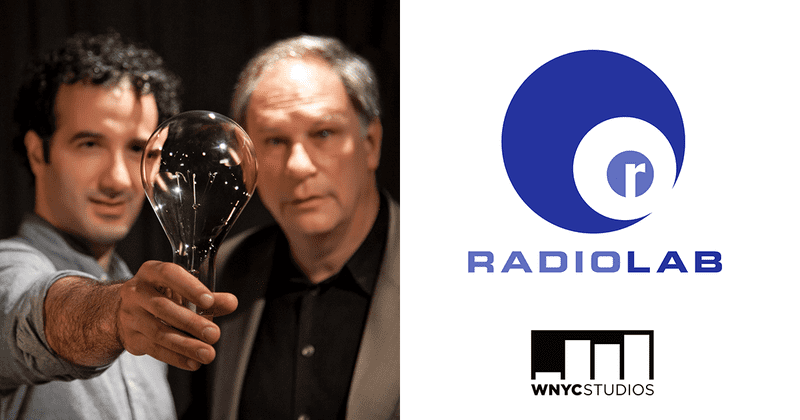When you think about clutter, do you consider how it makes you feel? In the thirty-plus years I’ve been a Professional Organizer, I’ve seen first-hand the array of emotions and effects of clutter on individuals, families, relationships, households, work, and other environments.
Clutter can keep you stuck, and releasing it can have positive, long-lasting effects on your life. One of my clients shared unique insights about the effect clutter has on her. You’ll learn more about it soon. Before diving deeper into her discoveries, let’s look at how clutter can negatively or positively affect you.
NEGATIVE EFFECTS Clutter Can Cause:
Overwhelm
Anxiety
Paralysis
Frustration
Low self-esteem
Guilt
Sense of hopelessness
Positive Effects Reduction of Clutter Can Foster:
Energy
Calm
Relief
Satisfaction
Confidence
Growth
Harmony
One Client’s Experience of Clutter
As mentioned above, one of my clients recently shared her profound clutter experience with me during a virtual organizing session. She gave me permission to share it with you. She said,
“Clutter creates chronic inflammation.”
I asked her to tell me more about her perspective on clutter. She elaborated and described how . . .
Chronic inflammation is a physical unpleasantness.
It feels like an embodied experience.
It’s physiological.
A cluttered environment makes her feel agitated and angry.
Any action taken to clear surfaces in her visual field reduces chronic inflammation.
Even tiny decluttering acts immediately solve chronic inflammation.
My client’s description of chronic inflammation caused by clutter describes the physiological connection clutter can have. While the term chronic inflammation was new to me, I’ve often heard clients describe the weightiness of clutter. They explain when clutter is released, it feels like “a weight has been lifted.” This is another example of the potential physiological and psychological effects clutter can have.
Do you know someone who has experienced clutter this way? What feelings and sensations arose?
“Clutter creates chronic inflammation.”
How Clutter Feels – A Podcast
Last week, I wrote about clutter’s impact on mental health and well-being. I included links to the interviews by journalist and podcast host Melissa Tracey, who featured me in a Houselogic article and her Housing Muse podcast.
During the podcast, we discussed the relationship between home clutter and its effect on mental health. You can listen below to episode 50: You’ll Never Look at Your Home’s Clutter the Same.
How does clutter make you feel? When you release clutter, what changes do you notice? I’d love to hear your thoughts. I invite you to join the conversation.
If you are struggling with the weight of clutter, enlist help. Reach out and email me, Linda, at linda@ohsorganized.com, call 914-271-5673, or schedule a Discovery Call. A clutter-free life is possible, especially with support.















